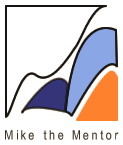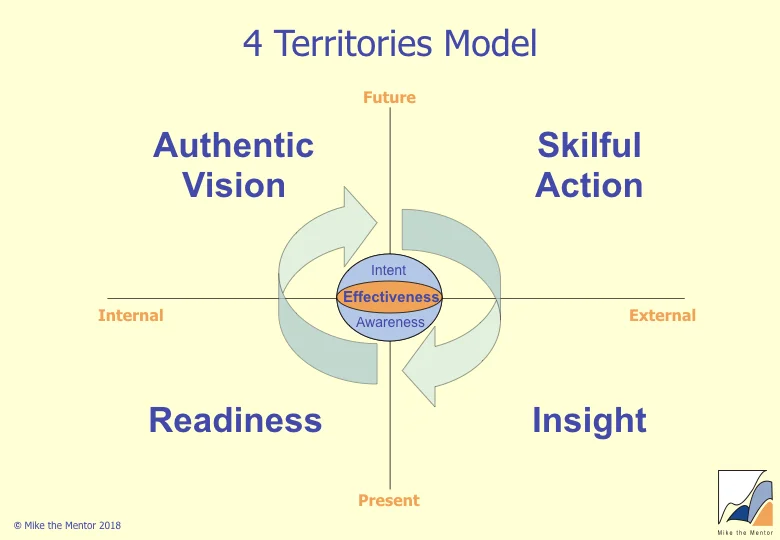The Act of Will
/One of the most powerful ideas that Roberto Assagioli, the founder of Psychosynthesis has left us is that of the Will. Will in Assagioli's work is a much broader and more powerful concept than our everyday concept of will-power. This Will is ultimately concerned with how we express who we are - how we transform spirit into action.
In the introduction to his classic book The Act of Will: A Guide to Self-actualisation and Self-realisation Assagioli suggests that, if an ancient Greek or Roman were to suddenly appear among present day humanity, he would initially be dazzled by the material wonders created by advanced technology and would probably regard us as a race of magicians and demigods. But he might also notice that, although we have acquired a impressive degree of power over nature, our knowledge of and control over our inner world is very limited. Despite our technological magic, we are largely ignorant of our true Selves and incapable of dealing with our own emotions, impulses, thoughts and desires. He goes on to say that "this wide gulf between man's external and inner powers is one of the most important and profound causes of the individual and collective evils which afflict our civilisation and gravely menace its future".
Assagioli suggests that we can seek a remedy to these evils through the simplification of our outer life, and the development of our inner powers. Fundamental among these inner powers is the tremendous and unrealised potency of our own will.
Assagioli developed a framework for the process of willing - the version shown here is as refined by the Institute of Psychosynthesis. It consists of nine sequential stages from Purpose to Execution and makes clear that deciding is a more complex process than we often realise. The stages are like links in a chain; the chain itself - the act of willing - is only as strong as its weakest link.
For instance, a person may be deciding on her next career move. Ideally, she would start by connecting to her sense of purpose and what inspires her, she would explore what is meaningful to her, and she would clarify what was important to her and give this tangible form in terms of her values. She would then evoke her intention, her energetic willingness to work towards her purpose or goal. From this place of intention she would deliberate on the situation, formulate alternatives and explore each before choosing one. She then affirms her choice by mobilising her emotional state in support of her choice, plans the road to follow, and acts.
In practice, the process may not be as sequential or as explicit as this and not every stage of the will may be important in any one willed act. But we need to be proficient in all the stages if we are to act effectively in different circumstances. Typically, I find that there are stages that clients are adept at and others that they struggle with. And when they do get stuck, I use this map as a diagnostic tool to help them get unstuck by backing up through the stages of the model. For example, if they have made a choice but are failing to do anything about it, I would explore the precursors to the choice - have they deliberated fully on the options, have they evoked strong intention, and so on.

